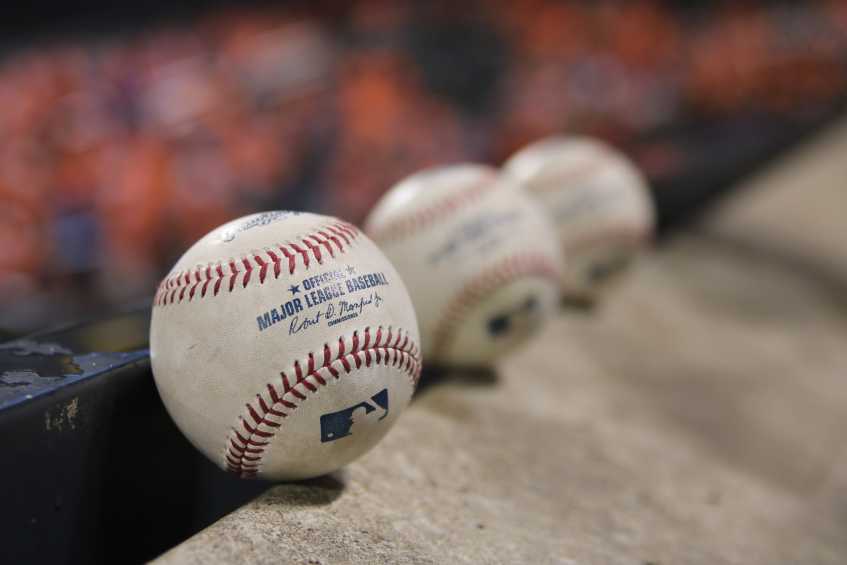
Have you ever found yourself wondering, "How many baseballs are used in a season?" Specifically, in a Major League Baseball (MLB) season? The number is truly staggering, reaching well into the hundreds of thousands. In this comprehensive breakdown, we will delve into the fascinating world of baseball usage, preparation, and disposal. From the factors that affect the baseballs prepared and usage to the costs involved, we will explore the lifecycle of an MLB baseball and uncover what happens to these balls once they have served their purpose on the field.
An estimated 200,000-300,000 baseballs are used in an MLB season, with various factors influencing their usage.
The MLB incurs an annual expenditure of approximately $3-4 million on baseballs to meet the high quality performance expected from the league.
Used baseballs can be repurposed for practice and training, memorabilia and fan interaction or donated to Minor League affiliates.
It's estimated that over 200,000 baseballs are used in an MLB season, with an astounding average of 120 baseballs used per baseball game. Imagine the sheer volume of baseballs required to cover all the games played throughout the season. Each of these baseballs comes with a cost, as the home team is responsible for supplying them. A single MLB game sees an expenditure of around $1200 on baseballs alone.
But what factors contribute to how many baseballs are used in a season? Let's explore the various elements that can influence baseball usage in the MLB.
Many elements can impact how many baseballs are used in an MLB season, including the uniformity of all the baseballs, the number of games played, and the number of baseballs used per game. The consistency of the baseballs, for instance, can affect player performance and, in turn, influence their usage. Additionally, extended innings and player proficiency can lead to an augmented number of baseballs used in a game.
Another factor to consider is the application of foreign substances by pitchers. This can result in the ball becoming scuffed or scratched, necessitating the need for a new ball. When a ball has encountered dirt or has abrasions and marks, it can influence the execution of the players, and thus, the ball must be replaced.
In comparison to the 120 baseballs employed per one game in the Majors, the average number of baseballs used in Minor League games ranges from 40 to 100, while college games utilize about 60 baseballs. This stark difference in baseball usage can be attributed to the varying levels of professionalism and quality expectations between the leagues.
Another notable distinction lies in the manufacturing and quality of the baseballs themselves. Baseballs used in the Major Leagues are manufactured in a Rawlings-owned factory in Costa Rica, while the baseballs for Minor League levels are produced in China. Major League baseballs possess smaller seams and superior leather quality compared to their Minor League counterparts.
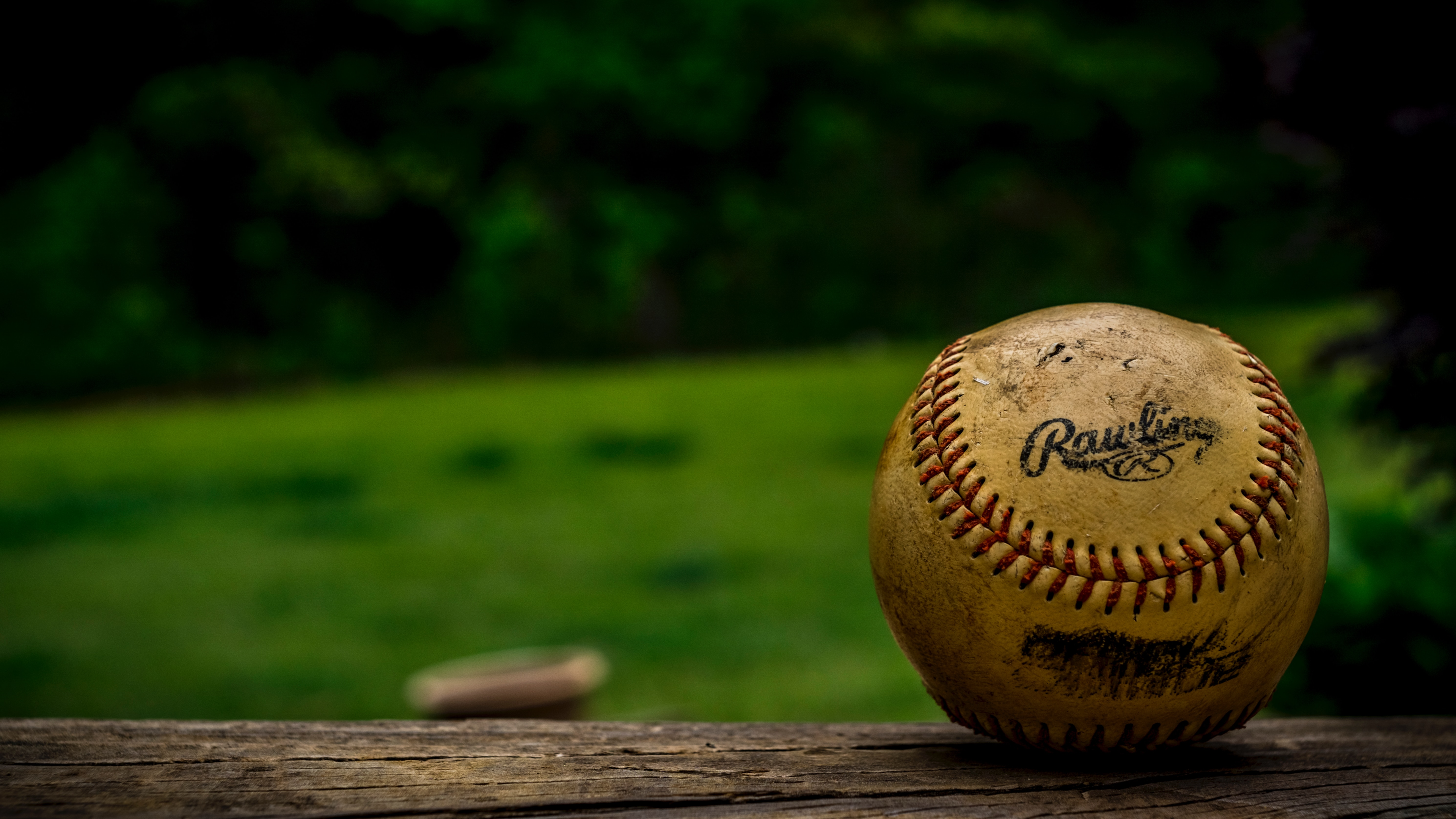
With MLB teams buying almost one million baseballs each year from Rawlings, the league incurs a hefty annual expenditure of approximately $3.5 million on baseballs, including shipping costs. This significant investment in baseballs is essential to maintain the high-quality performance and seamless gameplay that fans have come to expect from the MLB.
But how does the MLB manage to acquire such a vast number of baseballs, and what goes into determining the costs involved? Let's delve deeper into the process of bulk purchasing and the total annual expenditure on baseballs in the MLB.
Rawlings is the exclusive supplier of baseballs to the MLB, offering the league a bulk discount on their high-quality, cowhide-composed baseballs. MLB teams acquire baseballs in bulk directly from Rawlings, ensuring consistency and quality of all the balls used throughout the season.
The leather used in Rawlings MLB baseballs is sourced from Tennessee Tanning, which in turn obtains its cowhides from Cargills Beef Plant in Pennsylvania. This traceable supply chain ensures the integrity and quality of the materials used in the manufacturing process.
An MLB team is estimated to spend between $840 and $1,200 per game on baseballs, with the cost per baseball being approximately $7.00-$10.00. The process of bulk purchasing from Rawlings plays a significant role in determining the total annual expenditure on baseballs, with the MLB purchasing approximately 6 million baseballs annually from Rawlings.
It's important to note that this $3.5 million annual expenditure encompasses not only the cost of the baseballs themselves, but also the associated shipping costs. The sheer volume of baseballs required to fuel the MLB season makes this financial investment a crucial aspect of the league's operations.
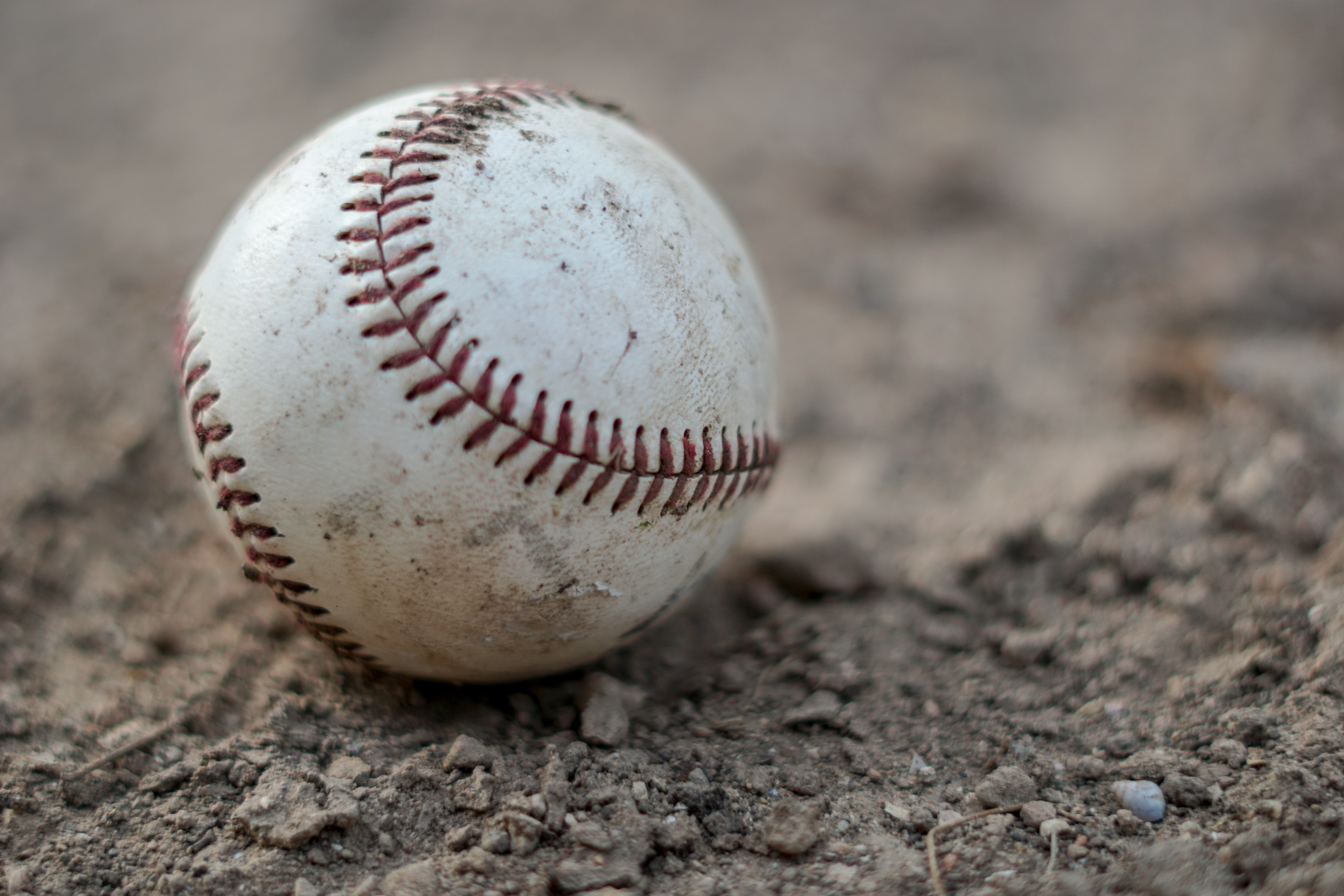
Before a baseball ever touches the field, it must undergo a thorough preparation process. This includes being rubbed with a special mud to improve grip and being checked by umpires for consistency. At least 10-12 dozen baseballs must be prepared for MLB games, ensuring that there are ample game-ready balls available for use throughout the contest.
But what exactly is this rubbing mud, and why is it so important in the preparation of game balls? And what role do umpires play in ensuring the consistency and quality of the balls used in a baseball game? Let's explore the intricacies of baseball preparation and maintenance for one MLB game.
Rubbing Mud and Its Purpose
The application of Lena Blackburne Baseball Rubbing Mud to a baseball serves to improve its grip for the pitcher and dull the shine of new baseballs. This process is essential to roughen the leather exterior of the new baseball, without causing any harm or discoloration. The advantages of applying mud to baseballs include enhancing grip, diminishing luster, and safeguarding the leather surface of the new ball.
This seemingly minor detail of having balls rubbed with mud in the preparation of baseballs can have a significant impact on the performance of players, particularly pitchers. A well-prepared ball with improved grip can give a pitcher the control and precision needed to dominate on the mound.
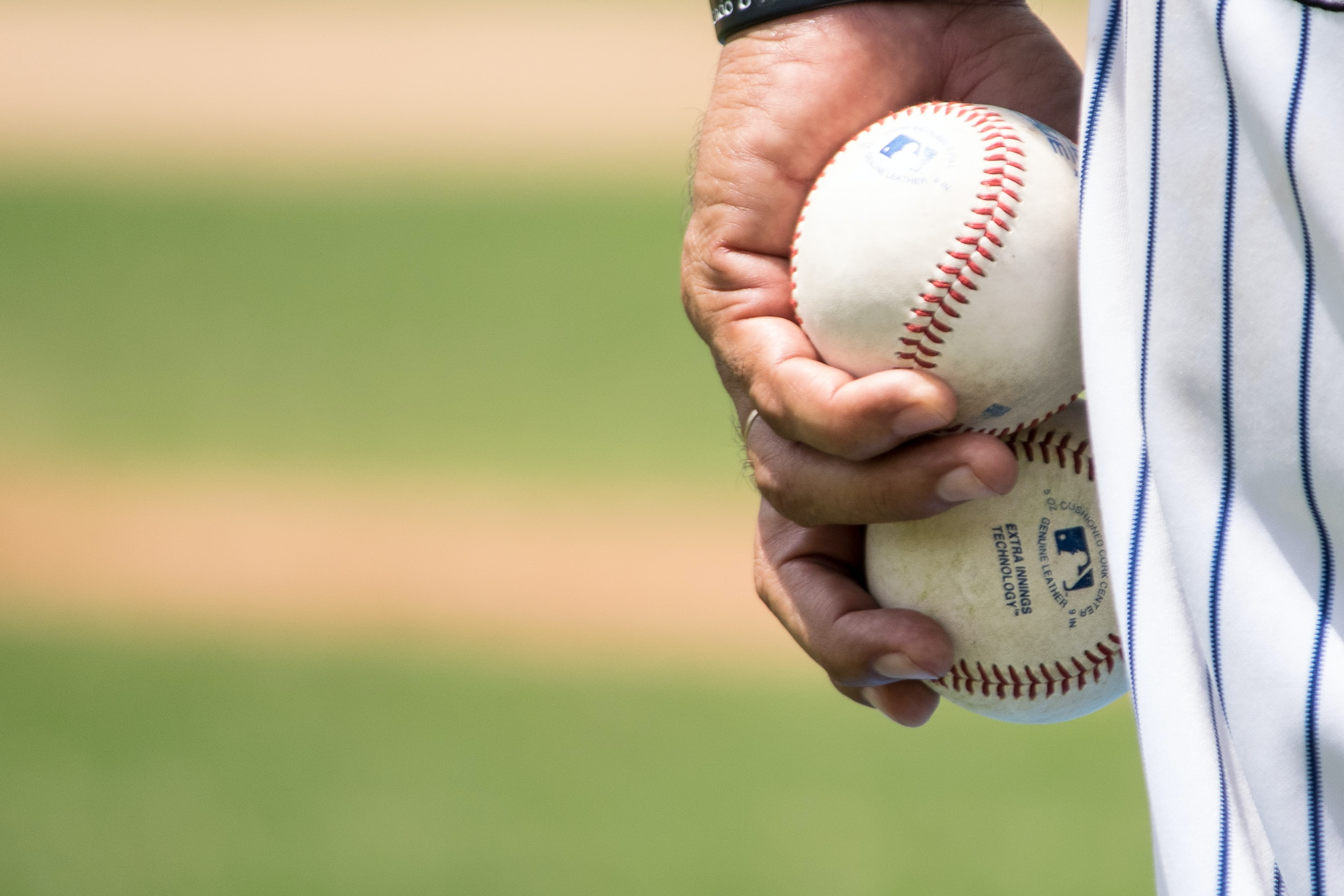
Umpires or assigned team personnel under the supervision of an umpire are responsible for the preparation of baseballs prior to a game. Their effort has an impact on how many game prepared balls are ready to go and ensures that all balls used in the game meet the required standards for consistency and quality. Between ten and twelve dozen balls must be prepared for each Major League game to accommodate the average usage of 120 baseballs per game.
The umpire also plays a crucial role in replacing baseballs during a game. According to the official Major League Baseball rule, the umpire shall replace a baseball when it has become discolored or unfit for further use. This ensures that only the highest quality and most consistent baseballs are used throughout the game, maintaining the integrity of the sport.
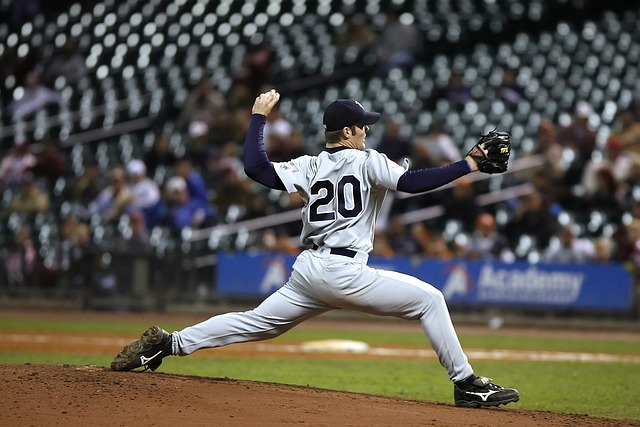
Most baseballs in the MLB have a relatively short lifecycle, typically being utilized for an average of 6-7 pitches before being replaced. From the moment it is prepared and first used in a game to its eventual replacement, baseball experiences varying levels of wear and tear.
But what happens when a baseball reaches the end of its usable life in a game? And what are the reasons behind its replacement? Let's explore the lifecycle of an MLB baseball and the various factors that contribute to its replacement during a game.
Average Pitches per Baseball
The average lifespan of a baseball in a major league baseball game, in terms of pitches, is estimated to be between 3 and 7 pitches. This relatively brief lifespan can be influenced by various factors, such as weather, humidity, and the quality of the baseballs used. With thousands of pitches thrown in each game, it's no wonder that so many baseballs are required to fuel the MLB season.
The average MLB baseball costs anywhere from $7.50 to $10.00 per ball, depending on the supplier. This financial investment in baseballs is crucial to maintaining the high level of performance and quality that fans have come to expect from the major and minor league games.
Reasons for Baseball Replacement
There are several reasons why baseballs are replaced during a game, including fouls, scuffs, home runs, and player requests. In addition to foul balls or scuffed balls, other causes for replacement can include balls that are too damp or too dry, balls that have been struck too forcefully, and balls that have been hurled too far.
The constant replacement of baseballs ensures that only the best quality balls are used throughout the game, providing players with enough balls and the optimal conditions for success. This continual cycle of baseball replacement underscores just how vital it is to have an ample supply of baseballs on hand to meet the demands of the MLB season.
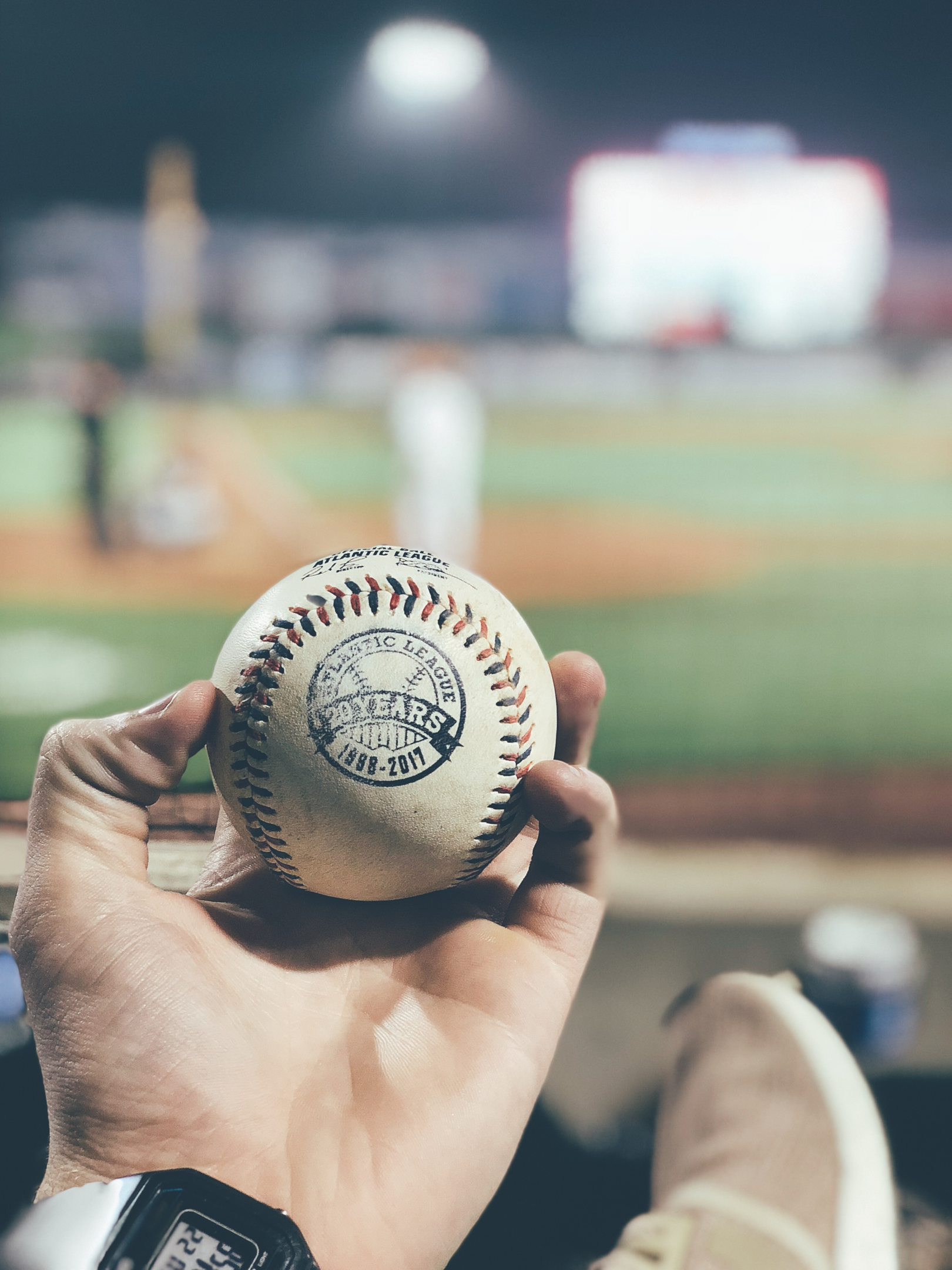
Once a baseball has been used in a game and deemed unfit for further use, it doesn't simply vanish into thin air. In fact, these used baseballs often find new life in various forms such as practice and training, memorabilia, and fan interaction. Used baseballs are marked to avoid reuse in an MLB game, ensuring that only the highest quality and most consistent baseballs are employed in league play.
So, what exactly happens to discarded balls and these used baseballs once they've been taken out of the game? Let's delve into how the MLB will reuse baseballs and the various fates that await these well-worn spheres.
Practice and Training
Used baseballs are typically utilized for batting practice, fielding practice, and training with weighted balls. The benefits of using these baseballs in practice are numerous, as they can assist players in enhancing their accuracy, timing, reaction time, and precision.
Weighted balls are employed to augment the strength and potency of a player's arm. By incorporating used baseballs into their practice routines, players can continue to hone their skills and improve their performance on the field.
Major League Baseball Memorabilia and Fan Interaction
Used baseballs can also serve as cherished mementos and keepsakes for fans. Some teams provide used baseballs as awards or keepsakes during games, while fans are permitted to retain baseballs that are propelled into the stands during games. Additionally, authenticated MLB baseballs are made available for purchase in MLB shops and online as game-used memorabilia.
This unique aspect of fan interaction helps to create lasting memories and strengthen the bond between fans and their favorite teams and players.
Donations and Minor League Affiliates
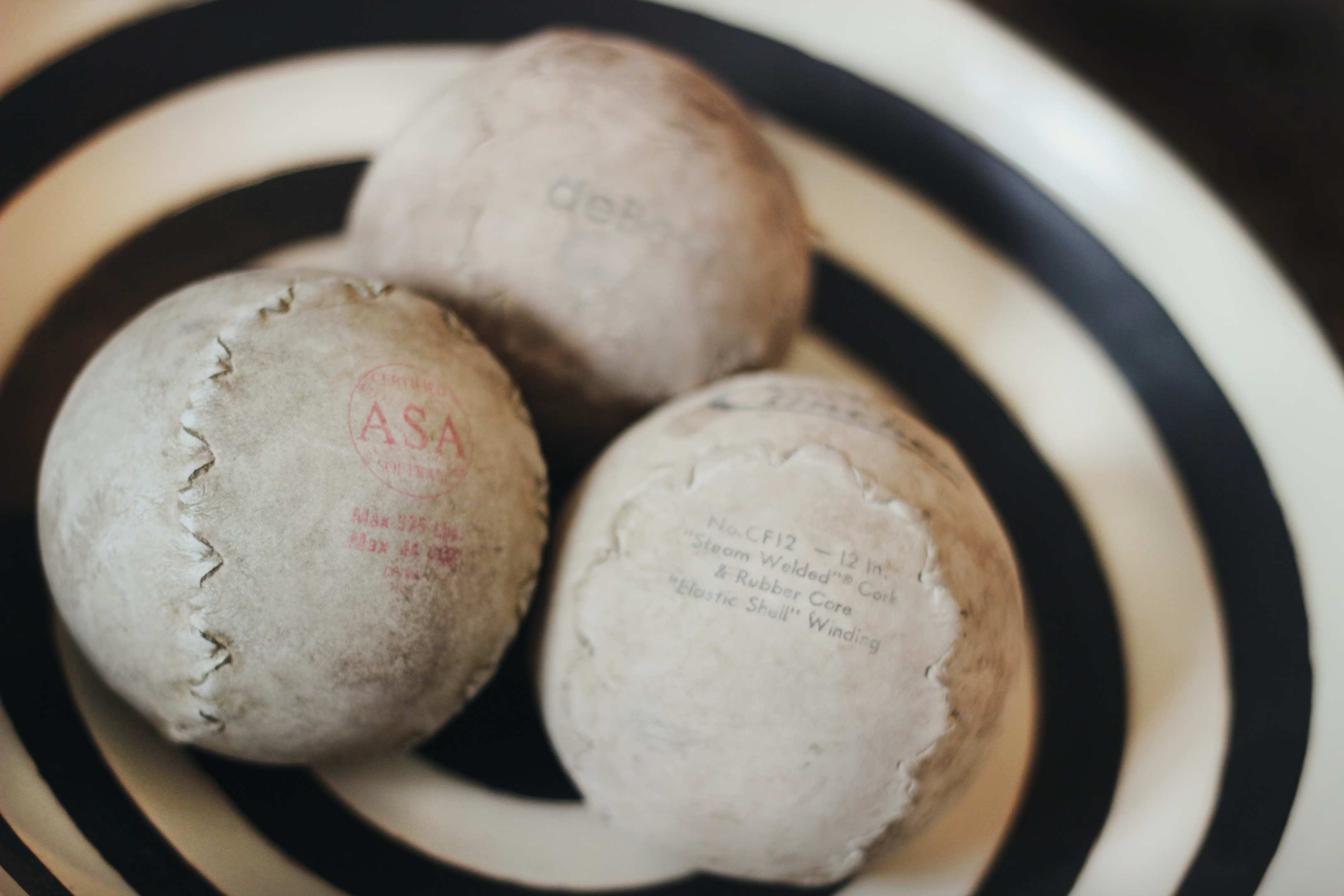
The procedure for donating used baseballs to Minor League affiliates may vary depending on the team or the minor leagues organization. Minor League affiliates are tasked with supplying baseballs to their teams for both games and practices, as well as to Major League teams for spring training and other events.
Donations of used baseballs to Minor League teams and affiliates can assist in minimizing the cost of baseballs for teams, allowing them to concentrate their resources on other areas. Donations can also contribute to the advancement of Minor League games in the local community.
From the sheer volume of so many balls used in an MLB season to the intricate process of preparation and maintenance, the lifecycle of an MLB baseball is a fascinating journey. With constant replacement during games and various factors affecting usage, it's no wonder that the MLB invests so heavily in ensuring an ample supply of high-quality baseballs. As we've explored in this comprehensive breakdown, the fate of used baseballs is just as intriguing, finding new life in practice, memorabilia, and even as cherished keepsakes for fans.
The world of baseball in the MLB is one of constant motion and transformation, reflecting the ever-evolving nature of the sport itself. As fans continue to marvel at the skill and athleticism of their favorite players, they can also appreciate the humble baseball - a small yet essential component that fuels the passion and excitement of Major League Baseball.
The MLB invests heavily in the quality of their baseballs, spending approximately $10 million every year to ensure a high-quality experience for players and fans alike. This amount covers the cost of 300,000 baseballs used in all Major League games annually.
MLB recycles used baseballs by authenticating and selling them as memorabilia in official MLB shops or as new balls for batting practice. This allows fans to purchase a piece of history, as each ball is accompanied with notes detailing what happened during the play it was discarded from.
This ensures that no two balls have the same story at the end of a nine inning game.
On average, between 84 and 120 baseballs are used in a nine inning game, depending on how many balls are hit out of play, replaced for discoloration, or requested by a pitcher.
Thus, a generous estimate of around 120 balls are used in an average MLB game.
The MLB uses approximately 200,000-300,000 baseballs per season. That number doesn't include the extra balls used in spring training, during batting practice, the playoffs or the world series. On average, MLB teams use more than 9 dozen baseballs per game.
Every year, Major League Baseball (MLB) players use around 200,000-300,000 baseballs for scheduled games, not including additional game balls used for spring training or batting practice. This equates to over 9 dozen balls used per game, with teams averaging 84 to 120 balls per match.
The MLB pays close attention to quality when it comes to selecting the brand new baseballs they use. Rawlings, the official supplier of MLB baseballs since 1977, produces a new ball that costs around $7-$10 per unit.
As such, the MLB spends an estimated $10 million each year on purchasing baseballs.
Chris Sloan is a former baseball league commissioner and travel baseball coach who has made significant contributions to the sport. In 2018, he founded selectbaseballteams.com, a website that helps parents find youth and travel baseball teams in their local areas. Since its launch, the website has experienced impressive growth, offering a wealth of resources including teams, news, tournaments, and organizations. Chris's unwavering passion for baseball and his innovative approach to connecting parents with quality baseball programs have earned him a respected reputation in the baseball community, solidifying his legacy as a leading figure in the world of youth and travel baseball.
There are 0 comments on "How Many Baseballs Are Used In A Season? A Complete Breakdown"
chandler allen says:
"Hi my name is chandler, i’ve enjoyed..."
On Wanting to tryout for summer ball. as an 18 year old
david graham says:
"With no current MLB team in Canada,..."
On With no current MLB team in
Charles Chavez says:
"To All Coaches: Do you have13U or..."
On Looking for Games